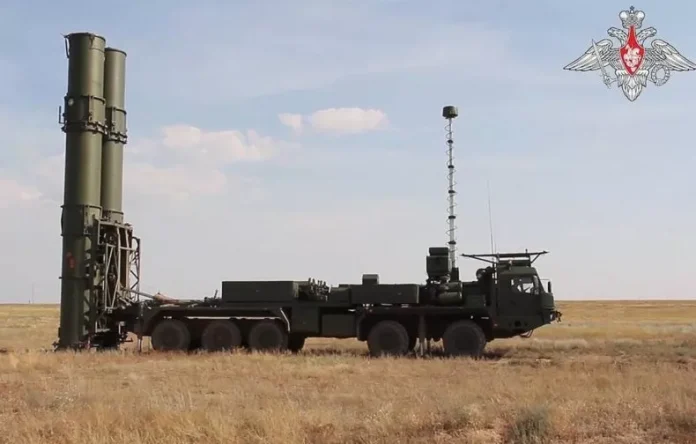This Content Is Only For Subscribers
Archaeologists have unearthed a huge Roman cemetery containing more than 250 burials of infants and stillborn babies.
The ancient necropolis was uncovered in Place du Maréchal Leclerc—a square in the historic center of Auxerre, a city in France—during excavations conducted by the French National Institute for Preventive Archaeological Research (INRAP).
The cemetery—thought to date to the 1st-3rd centuries A.D.—is one of the largest “Gallo-Roman” necropolises dedicated to infants and stillborn babies that have been excavated in France to date.
The territory that is now France was once part of Gaul, a name the Romans gave to a region of Western Europe inhabited by a Celtic people known as the Gauls. This region came under Roman control in the latter part of the first millennium B.C.

The newly uncovered necropolis in Auxerre is in a very good state of preservation and offers archaeologists an “extremely rare” opportunity to study its “unique” population of young children, according to INRAP.
“It allows us to observe all the funerary practices associated with this very special group of individuals: the way they are buried and other gestures performed by the family of the deceased,” INRAP dig manager Loïc Gaëtan and archaeologist Carole Fossurier told Newsweek.
The majority of the remains are buried in the fetal position, although some were laid to rest on their backs.
“In particular, [the necropolis] shows a great variety of body containers, which seem to illustrate individual and family choices. Some tombs also show great complexity in the way they were built.”
Among the containers that the remains are buried in are wooden coffins and ceramic vessels, while others are wrapped in textiles. In some cases, the remains are simply covered with fragments of amphorae—a type of pottery container used in antiquity—to protect them.
Excavations at the site began in February 2024, ahead of planned landscaping works in the square. Since then, researchers have excavated more than 250 burials, making the site a particularly important example of this type of necropolis, according to the archaeologists.
“A few necropolises for very young children have already been excavated in France, but [these] archaeological sites hardly ever reach this scale,” Gaëtan and Fossurier said.
The remains identified at the Auxerre site almost exclusively represent those of children under one year of age—a group whose mortality rate was high in antiquity.
A precise study of the deceased has yet to be conducted, but the remains appear to include those of individuals who were just a few months old when they died, as well as stillborn babies and those who perished due to miscarriages.
A single adult burial has been excavated at the site, in the oldest archaeological layers, although its presence has yet to be explained by experts.
“In ancient Gaul, necropolises often included areas where toddlers were grouped together, on the periphery of larger settlements. At present, we can only excavate part of the site, but it seems likely that we’re in such an area, located on the edge of a larger necropolis,” Gaëtan and Fossurier said.
The necropolis was located on the edge of the Roman town of Autessioduro—the former name of Auxerre. In accordance with Roman law, it was located outside the ancient settlement.
An unusual aspect of the site is that the burials are often superimposed on top of each other over four or five different levels—a feature that has never been observed before in France, according to the researchers.
Another peculiar feature is the fact that some of the burials appear to have destroyed others when they were installed, which is abnormal according to Roman customs.
This was possibly the result of a lack of space, but could also be explained by the fact that some of the babies were not alive at birth, and thus, may not have been perceived as individuals in their own right, according to the researchers.
Very few objects were found in the burials at the necropolis. But the artifacts that researchers did find were often small and had likely been placed alongside the remains with the intention of providing protection in the afterlife. These items include a pearl, a coin and a spindle. A miniature ceramic cup was also found next to the head of one child.




